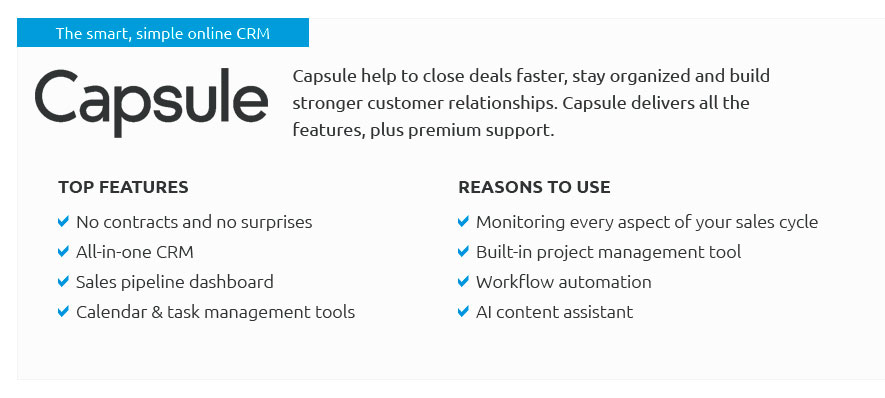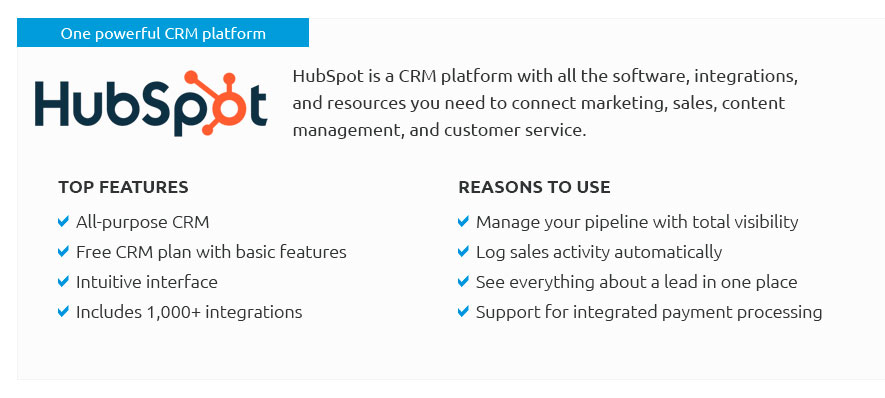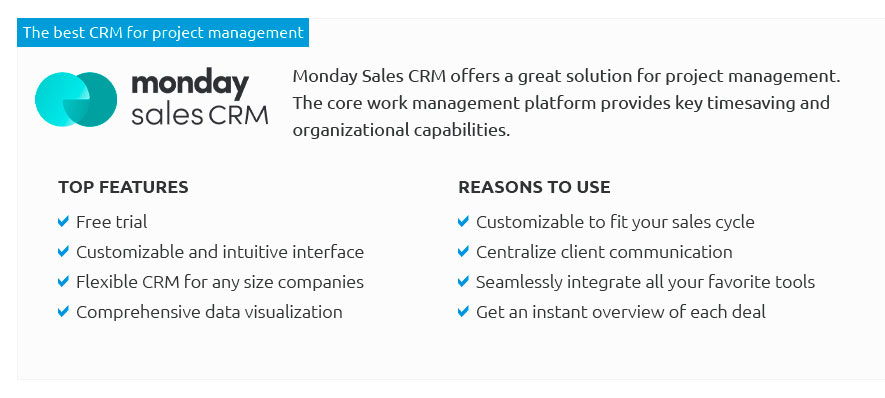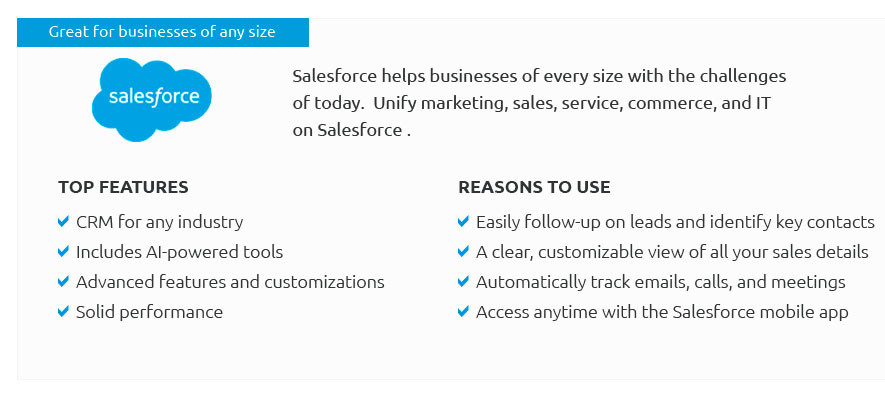 |
 |
 |
 |
 |
|
 |
|
 |
|
 |
|
 |
|
 |
|
 |
 |
|
szpzqx03q Elevate your business game with our uncompromising CRM software review, where we unveil the best CRM platforms featuring intuitive sample dashboards that transform data into actionable insights, empowering you to make decisions with surgical precision and fuel unparalleled growth-because when it comes to managing customer relationships, only the crème de la crème will do, and we've sifted through the noise to deliver just that.
https://www.klipfolio.com/resources/dashboard-examples
Over 100 business dashboards for Executives, Sales, Marketing, Social Media, and more. Check out this gallery to get inspired in building your own today! https://www.clicdata.com/examples/
Sales. Blend data from your CRM, telephony, marketing, invoicing, and outreach tools to paint the full picture. Track key sales metrics such as revenue, ... https://www.tableau.com/dashboard/business-intelligence-dashboard-examples
Real-World Examples of Business Intelligence (BI) Dashboards - 1. AAPL Ticker - 2. Super Sample Superstore Dashboard - 3. Healthcare data - 4. Crimes in India.
|